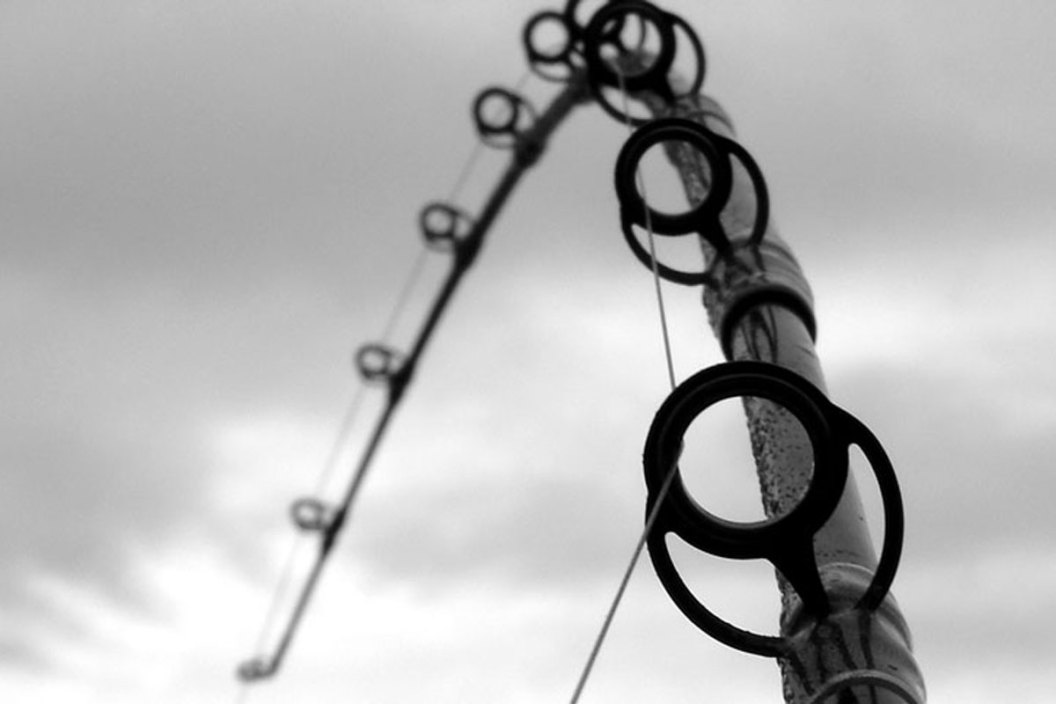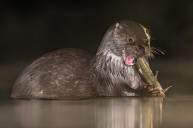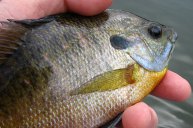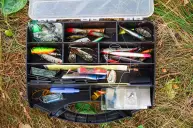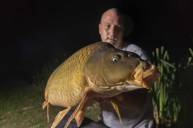This Australian angler had to turn to the internet for help identifying this tiny river monster.
Tee Hokin was fishing near the Kakadu National Park in the Northern Territory, Australia, earlier this month when she hooked into a fish unlike anything she'd ever seen.
She said it didn't feel like a fish at first, leading her to believe she was snagged up. However, after stopping the boat and going to retrieve it, she realized it was no snag, nor was it any ordinary fish.
"Honestly the first thing I thought about was the 'Alien' movie with Sigourney Weaver and that thing that comes out of people's stomach, that's exactly what I thought, and that's what they describe it as when you look it up on the internet," she told ABC News. "It's like purpley-brown, it had a really weird head, but the body was like an eel and it didn't even move or wriggle; it was like stunned, like stealth mode."
Hokin was with a group of anglers fishing the Shady Camp area of the Mary River when she came face to face with the unfamiliar, alien-like creature. She said none of them had ever seen anything like it.
"It has really sharp teeth, it could bite," she said. "No worries, you would not be willing to put your finger near it.
"You'd probably s*** your pants if it was bigger."
Unsure of how to get it back in the water, as it behaved differently than a typical fish, they ultimately just wrestled it with a pair of pliers to remove the hook.
"It was the only way to get it off," Hokin said. "You couldn't shake it off, you couldn't anything. It was proper like, just jagged."
So what is it?
Dr. Michael Hammel, a specialist at the Museum and Art Gallery of the Northern Territory, told ABC News the fish was most likely a worm goby from the Taenioides genus. However, he said there's no way to know for sure without doing an X-ray, and that it is possibly a new species.
These eyeless, aquatic animals use touch to find their prey, latching on with their prominent set of teeth.
However, Hammel says they really aren't dangerous to humans, as they live under the mud and are rarely even visible to people.
"They still have very glass-like, small little teeth, so a few people have said when they've caught them (that) they get a bite from them, but it's not dangerous," he said. "Although they do grow up to 50 centimeters in length, so once they are that big they could give you a bit of a bite."
Products featured on Wide Open Spaces are independently selected by our editors. However, when you buy something through our links, we may earn a commission.
NEXT: NEW KANSAS BILL WOULD ALLOW LANDOWNERS TO SELL PERMITS TO NONRESIDENT HUNTERS
